Gladiola Profile
Written by admin
Nov 03 2020
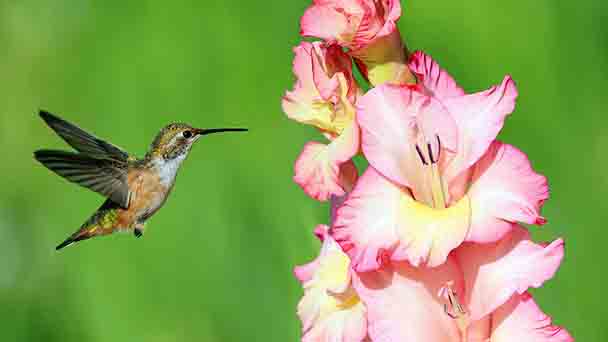
Gladiola is a perennial herb of the Iridaceae and genus Gladiolus. The bulb is oblate and spherical, and its original species comes from the Cape of Good Hope in South Africa. It is formed by multiple interspecific hybridizations. The cultivated varieties are widely distributed all over the world. The flower stems of gladiolus are higher than the leaves, and the corolla tube is in an enlarged funnel shape. The flower colors are red, yellow, purple, white, blue, and other single-color or multi-color varieties. Gladiolus is commonly cultivated all over the world, and the main producing countries are the United States, the Netherlands, Israel, and Japan. Gladiolus is an important fresh cut flower that can be used as flower baskets, bouquets, vases, etc. Flower borders and special flower beds can be arranged. Dwarf species can be potted for viewing. Gladiolus varieties include melancholic gladiolus, Grande gladiolus, etc. The stems and leaves can extract vitamin C.
Gladiola morphological characteristics
Gladiola is a perennial herb. The bulb is oblate, 2.5-4.5cm in diameter, and has a brown or yellow-brown membranous coating. The leaves are basal or alternate at the base of the flower stem, sword-shaped, 40-60cm long, 2-4cm wide, sheath-shaped at the base, acuminate at the base, inlaid in 2 rows, gray-green, with several longitudinal veins, and one prominent and prominent Midrib.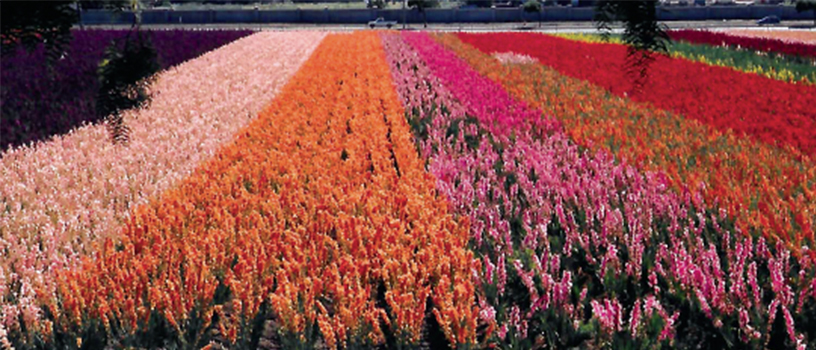
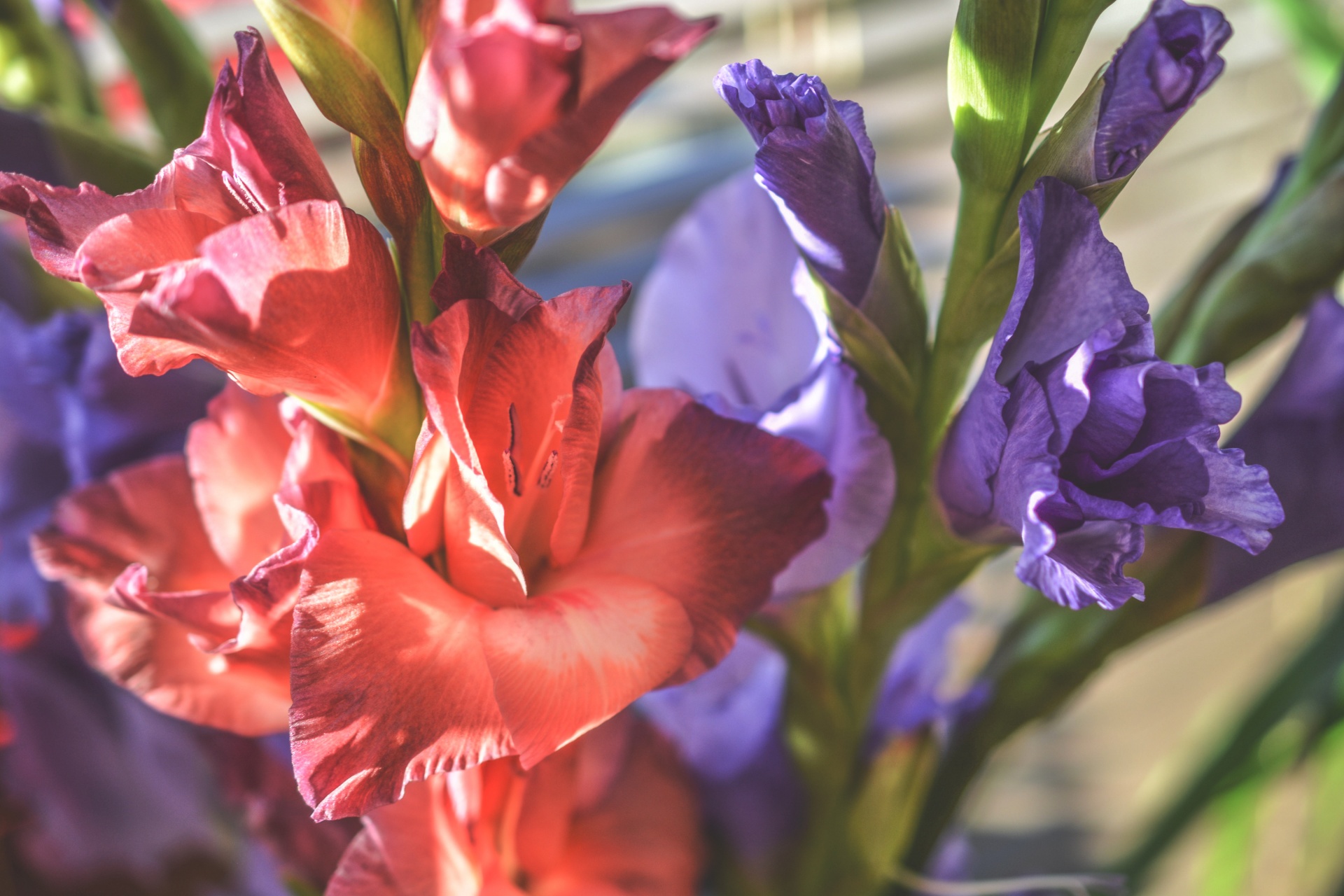
Gladiola growth habit and growing environment and distribution
Gladiola is a warm-loving plant, but too high a temperature is not good for growth, and it is not cold-tolerant. The suitable temperature for growth is 20℃~25℃, and the bulbs can germinate in soil temperature above 5℃. It is a typical long-day plant. Long-day light is conducive to flower bud differentiation. Insufficient light will reduce the number of blooms. However, after the flower buds are differentiated, short-day light is conducive to flower bud formation and early flowering. The bulbs of summer flower species must be stored indoors for overwintering, and the room temperature should not be lower than 0℃.The cultivation soil of gladiola is suitable for fertile sandy loam, with a pH value of not more than 7. It is especially fond of fertilizer, phosphate fertilizer can improve the quality of flowers, and potassium fertilizer can promote the quality of bulbs and the number of bulbs.
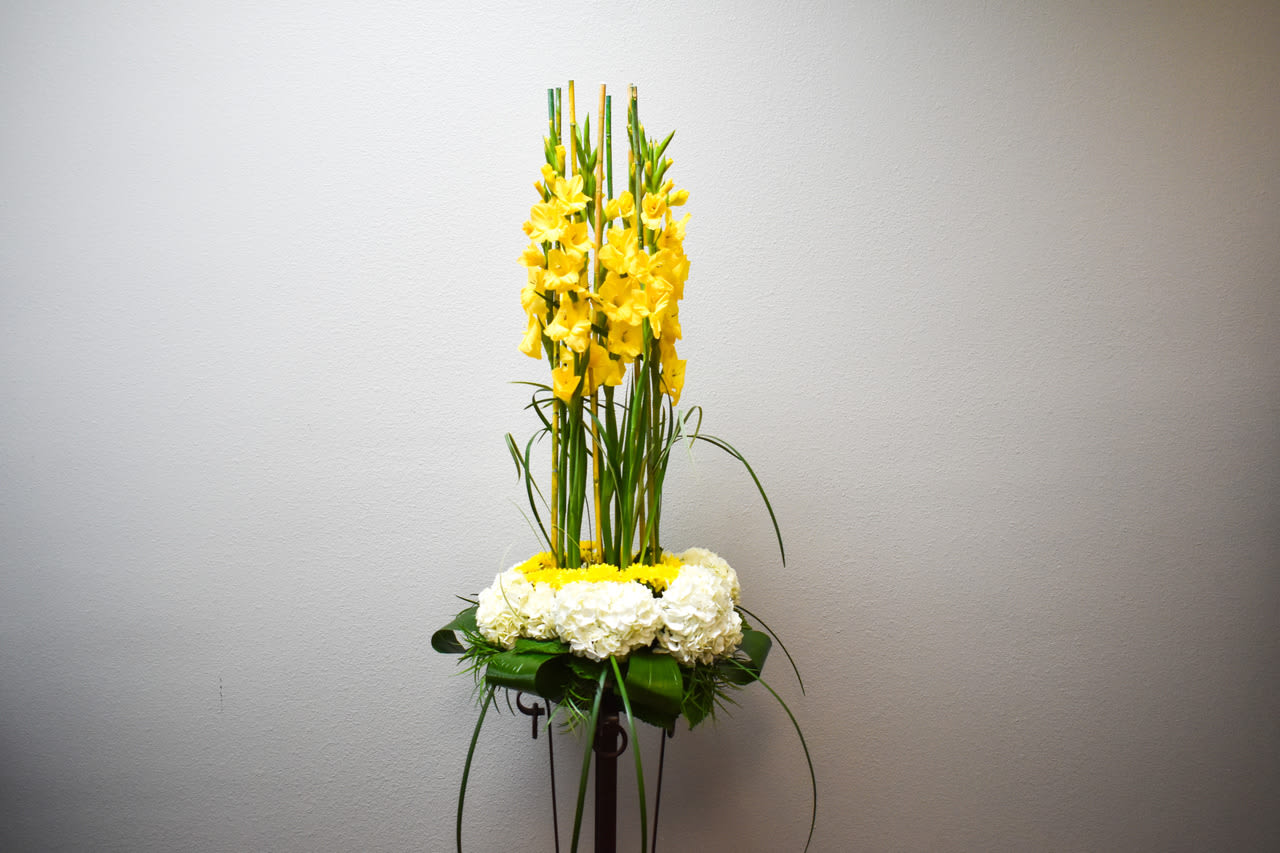
Gladiola efficacy and role
Medicinal value
Gladiola has the effects of detoxification, dispersing blood stasis, reducing swelling and pain. It is used for bruises, sore throat. External use to treat mumps, sore toxins, and lymphadenitis.Ornamental value
Gladiola can be used as cut flowers, flower beds, or potted plants. Because it is very sensitive to hydrogen fluoride, it can also be used as an indicator plant for monitoring pollution.People appreciate gladiola not only in its form and rhyme but also in its connotation. Gladiola is very rich in color: red is graceful and luxurious, pink is delicate and translucent, white is pretty plain, purple is gorgeous and charming, yellow is elegant and elegant, orange is graceful and gorgeous, violet is beautiful in quality, blue is blue. Dignified and bright, the smoke color is antique, and the complex color is like a butterfly.
Gladiola cultivation
Split ball reproduction
Generally, after gladiola is cultivated for one year, one cue ball will produce 1~2 commercial balls and many seed balls. After grading, seed balls with a circumference of 8cm or more are directly sold into the market, and seed balls below 8cm are divided into 3 Levels for re-cultivation. Generally, the circumference of the big ball is 4~8cm, the circumference of the neutron ball is 2~4cm, and the circumference of the kid ball is less than 2cm. Different levels are cultivated in pieces. The smaller the bulb, the better the genetic characteristics of the variety, but the cultivation period is longer. Because the bulbs are large, they can bloom, consume too many nutrients, and produce commodity bulbs with poor quality. Therefore, it is best to breed commercial balls with neutron balls in cultivation. It is worth noting that commodity balls are not as big as possible. Fresh cut flowers produced from commodity balls with a round and full ball and harder balls are better, and the quality of fresh-cut flowers produced from bulbs with a tall, flat and softer ball is not high.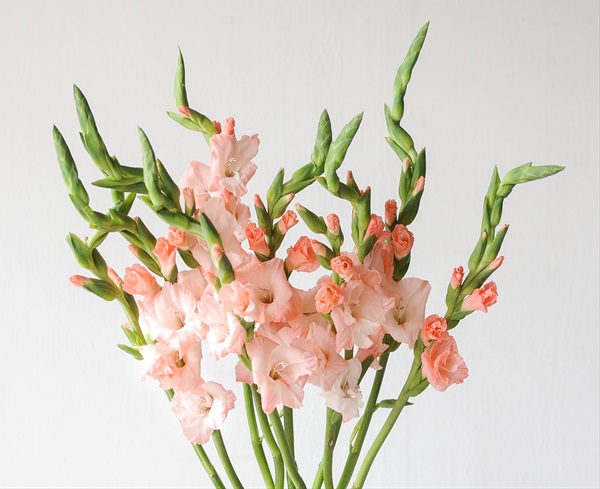
Cut ball propagation
For some rare species, to quickly expand the breeding coefficient of the Gladiolus species, you can cut them into 2~4 pieces with full and full commercial balls. Each piece must be guaranteed to have a part of the root disc and complete buds to make the ball reproduction. To prevent the bulbs from rot, the cut surface of Gladiolus should be smeared with charcoal powder or plant ash and planted immediately.Tissue culture
Tissue culture can renew and rejuvenate conventional cultivars. Because of the long-term asexual reproduction of gladiolus, the phenomenon of hybridization and degradation of varieties is quite serious, so regular tissue culture must be carried out to detoxify and rejuvenate. Both petals and lateral buds of Gladiolus can be used as explants. After disinfection and inoculation, it can be cultured under the conditions of 25°C and 2000 lux, and seedlings can be obtained through induction, subculture, and rooting culture. Seedlings continue to be cultivated to obtain small test-tube bulbs. After two years of planting, the test-tube bulbs will grow into cue bulbs, which are non-toxic.Latest Updated
- Benefits of Bugleweed - 7 Science-backed Health Benefits
- Bugleweed Dangers & Side Effects - Is It Poisonous?
- How to Plant Evergreen Trees - What You Should Know
- When to Plant Evergreens - Grow Guide for Evergreen Trees
- 12 Wonderful Evergreen Shrubs for Your Garden
- 12 Popular Evergreen Plants with Pictures for Beginners
- When And How To Prune A Lilac Bush Like a Pro
- How to Grow & Care for Lilac Vine (Hardenbergia Violacea)
- Japanese Lilac Tree (Syringa Reticulata) Care & Propagation Guide
- Shumard Oak Pros and Cons - What to Know
Popular Articles
- Winter maintenance of Antirrhinum Majus
- How to Grow Terminalia Mantaly Tree
- How to Grow and Care for Crossostephium Chinense
- How to grow Antirrhinum Majus in spring
- Peristeria Elata (Dove Orchid) Profile: Info & Care Guide
- Underwatered Snake Plant (Sansevieria Trifasciata) - Signs And How To Fix
- How to Care for Brazilian Jasmine Plant (Mandevilla Sanderi)
- How to Grow & Care for Graptopetalum Purple Delight in Summer
- Rosa Chinensis (China Rose): Plant Growing & Care Tips
- How to Care for Baby Sun Rose (Aptenia Cordifolia)